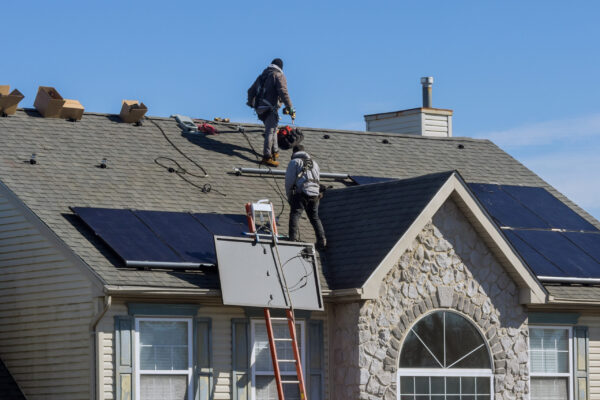Supply Chain Woes
Not enough baby formula? Can’t find the brand of that food you always used to get? Gas prices hurting your wallet? Supply chain issues are everywhere these days, and the solar industry is no exception. No matter where you look, you’ll find solar employees working hard to maneuver around the supply chains and provide customers with the renewable energy they need.
As of 2021, China possessed 72% of the global polysilicon manufacturing capacity. It also controlled a much of the rest of the supply chain, from ingots to modules. This made solar panels hard to come by, much less create, considering the solar supply chain was so dependent on one country. China has documented human rights violations and an unpredictable trade relationship with the U.S. However, there is hope: it’s possible for growth in U.S. manufacturing of the needed parts if there are incentives to offset the higher cost of local manufacturing. Polysilicon production facilities could run at higher capacity than they are now. Thin-film module production could expand, since it doesn’t rely on materials from Chinese companies.
There’s also a shortage on another important part of a solar system: battery storage. Utility-scale energy storage is affected the most by the rising costs of lithium and nickel. Plus, the electric vehicle industry getting favored by manufacturers over the solar storage industry. However, residential solar is not immune. Batteries are an important part of solar, as they allow homeowners to be more independent from utility companies, especially during situations like blackouts or charging their electric vehicle at home. It’s practically a given these days that sourcing what’s needed for a proper residential array will include solar energy storage.
As if all these supply chain issues weren’t enough, now the industry also has to deal with tariffs. These have made it harder to get panels from places like China and Korea. The expense has affected many companies, influencing some to set up module assembly plants in the U.S. While investing locally is normally a plus, these tariffs increase costs for the solar industry. This makes it much hard to provide inexpensive, clean energy for all. With most materials coming from overseas, shipping and tariff costs hit hard, and a new U.S.-specific supply chain is currently far off in the distance. Building out a plan will take years. Local manufacturers still wouldn’t be safe from needing imports at some point in the supply chain. Luckily, any new tariffs have been put off for two years by the current administration.
While some supply chains are just starting to right themselves again, there are many links in many industries that are still broken. One solution for us is to diversify the solar supply chain. The top ten suppliers of solar manufacturing equipment are in China, due to their government making strategic policies and investments in the industry. The world’s reliance on China for so much of the solar supply chain has led to multiple issues. This includes making it harder to find new suppliers when news broke of the human rights violations in Xinjiang.
There are many options and alternatives. If we pick a few and focus on them, we can make it through these global issues. Investing in domestic manufacturing of parts needed for solar arrays is a great start. Not only can it reduce carbon emissions in the exporting country, it also saves money on transportation since the finished goods are closer to where they’ll be used. Dedicating more local resources toward solar power projects will not only ease the stress on the supply chain, but it will increase the amount of jobs in the renewables sector. Solar companies have been working hard to provide the best for their customers, and now we need to take it to the next level. Securing a more reliable supply chain will benefit renewable energy everywhere.
FREE CONSULTATION
Claim your basic human right to clean, affordable solar now. Schedule a free, no-pressure consultation with one of our experts.



